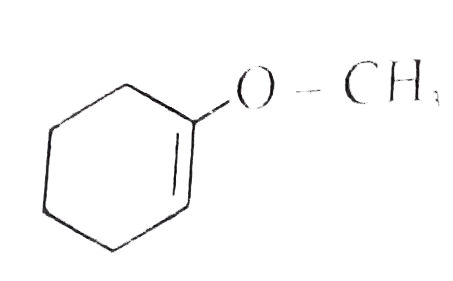In addition to SO2 metals and textiles are also damaged by
nitrogen oxides
fluorides
carbon monoxide
aldehydes
The correct Answer is:A
Step-by-Step Solution:
1. Identify the Context: The question asks about substances that can damage metals and textiles, in addition to sulfur dioxide (SO₂).
2. Consider Common Pollutants: Sulfur dioxide is known to cause corrosion in metals and damage to textiles. We need to identify other pollutants that have similar effects.
3. Research Other Pollutants: One of the common pollutants that can damage metals and textiles is nitrogen dioxide (NO₂).
4. Understand the Effects of NO₂: Nitrogen dioxide is a reddish-brown gas that can lead to a variety of environmental issues, including the formation of acid rain, which can corrode metals and degrade textiles.
5. Conclude the Answer: Therefore, in addition to SO₂, metals and textiles are also damaged by nitrogen dioxide (NO₂).
Final Answer: Metals and textiles are also damaged by nitrogen dioxide (NO₂).
---
Topper's Solved these Questions
- ENVIRONMENTAL ISSUESBOOK - AAKASH SERIESCHAPTER - ENVIRONMENTAL ISSUESEXERCISE - Exercise-II (Water pollution)
16 Videos
- ENVIRONMENTAL ISSUESBOOK - AAKASH SERIESCHAPTER - ENVIRONMENTAL ISSUESEXERCISE - Exercise-II (Soil/land pollution)
9 Videos
- ENVIRONMENTAL ISSUESBOOK - AAKASH SERIESCHAPTER - ENVIRONMENTAL ISSUESEXERCISE - Exercise-II (Introduction)
2 Videos
- ECOSYSTEMBOOK - AAKASH SERIESCHAPTER - ECOSYSTEMEXERCISE - EXERCISE-III (PREVIOUS AIPMT/NEET QUESTIONS)
37 Videos
- HISTOLOGY AND ANATOMY OF FLOWERING PLANTSBOOK - AAKASH SERIESCHAPTER - HISTOLOGY AND ANATOMY OF FLOWERING PLANTSEXERCISE - EXERCISE - III (PREVIOUS AIPMT/NEET QUESTIONS)
24 Videos
Similar Questions
In addition to SO2 , metals and textiles are damaged by
View SolutionThe addition of Br2 to trans-2-butene produces
View SolutionThe addition of Br2 to ( E)-but-2-ene gives
View SolutionM2SO4(M⊕ is a monovalent metal ion) has a Ksp of 3.2×10−6at 298K. The maximum concentration of SO2−4 ion that could be attained in a saturated solution of this solid at 298K is
View SolutionAddition of water to metallic sodium produces
View SolutionAlkenes undergo electrophilic addition reactions. Electrophilic addition to unsymmetrical alkenes involve the formation of a more stable carbocation intermediate in the first step which is rate determining and carbocation is then attacked by a nuclephile to form product
 +H2OH2SO4−−−→ Product
+H2OH2SO4−−−→ Product
View SolutionAddition of SnCl2 to HgCl2 gives precipitate:
View SolutionIn addition to reproduction, zygospore also helps in
View SolutionIn between the metals A and B both form oxide but B also forms nitride, when both burn in air so A and B are
View SolutionOn addition of conc. H2SO4 to a chloride salt, colourless fumes are evolved but in case of iodide salt, violet fumes come out. This is because
View Solution
